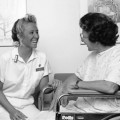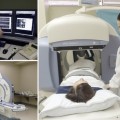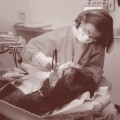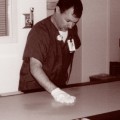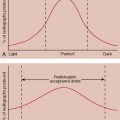CHAPTER 7 On completion of this chapter, you should be able to: • Define the prefixes, roots, and suffixes that comprise medical terms. • Interpret the abbreviations commonly used in medicine. • Name titles and organizations when given their abbreviations. The following section introduces the word parts that are used to make new words; these parts include prefixes, roots, and suffixes. They are presented in alphabetical order in each category (Box 7-1).
The Language of Medicine
Word parts
The Language of Medicine



